The country is rich in cultural heritage and history, and this is vividly reflected in its Vietnam public holidays. For travelers aiming to delve into the heart of Vietnamese culture, understanding these public holidays is crucial. From the vibrant and exuberant Tet celebrations to the serene and reflective observance of Buddha’s Birthday, each holiday presents a unique opportunity to experience Vietnamese traditions and customs.
List of Vietnam public holidays in 2024
In 2024, Vietnam’s public holidays offer a blend of historical significance, cultural richness, and festive activities. Here’s a detailed overview of each holiday:
- New Year’s Day: Celebrated on January 1,
New Year's Daymarks the beginning of the year and is observed with various festivities including parties, fireworks, and special events. It’s a time for reflecting on the past year and setting intentions for the year ahead. - Lunar New Year (Tet Nguyen Dan): From February 10 to 14,
Tếtmarks the Vietnamese Lunar New Year and is the most significant holiday in Vietnam. It involves extensive preparations, family reunions, and traditional rituals to welcome the new year with hopes for prosperity and good fortune. - Women’s Day: Celebrated on March 8, International Women’s Day honors women’s achievements and promotes gender equality. In Vietnam, it is a day for appreciating and recognizing the contributions of women in both personal and professional spheres.
- Hung Kings Commemoration Day: On April 18, this day honors the
Hùng King's Festival, considered the founders of Vietnam. It is a time for paying respects to the nation’s ancestors and is marked by ceremonies, offerings, and cultural events. - Reunification Day: Observed on April 30,
Reunification Daycommemorates the fall of Saigon and the end of the Vietnam War. It is a national holiday reflecting on the country’s reunification and is celebrated with various events and patriotic activities. - International Labor Day: Held on May 1, International Labor Day recognizes the contributions of workers and promotes labor rights. In Vietnam public holidays are marked by events and celebrations that honor the working class.
- Vesak: Celebrated on May 23, Vesak marks Buddha’s Birth, Enlightenment, and Death. It is observed with temple ceremonies, meditation, and charitable acts. It is a significant day for Buddhists, reflecting on the teachings and life of Gautama Buddha.
- Independence Day: On September 2, Independence Day commemorates the declaration of Vietnam’s independence from French colonial rule. It is marked by national pride, ceremonies, and public celebrations reflecting on the country’s sovereignty.
- Mid-Autumn Festival: Occurring on September 17, the Mid-Autumn Festival celebrates the harvest moon. It features lantern parades, mooncake consumption, and cultural performances, particularly enjoyed by families and children.
- Vietnamese Women’s Day: Celebrated on October 20, this day recognizes the contributions and achievements of Vietnamese women in various fields. It is a time for honoring their roles and celebrating their impact on society.
- Christmas Day: Observed on December 24, Christmas in Vietnam is celebrated with festive decorations, church services, and holiday activities, particularly in urban areas. Although not a traditional public holiday, it reflects the growing influence of global festivities.
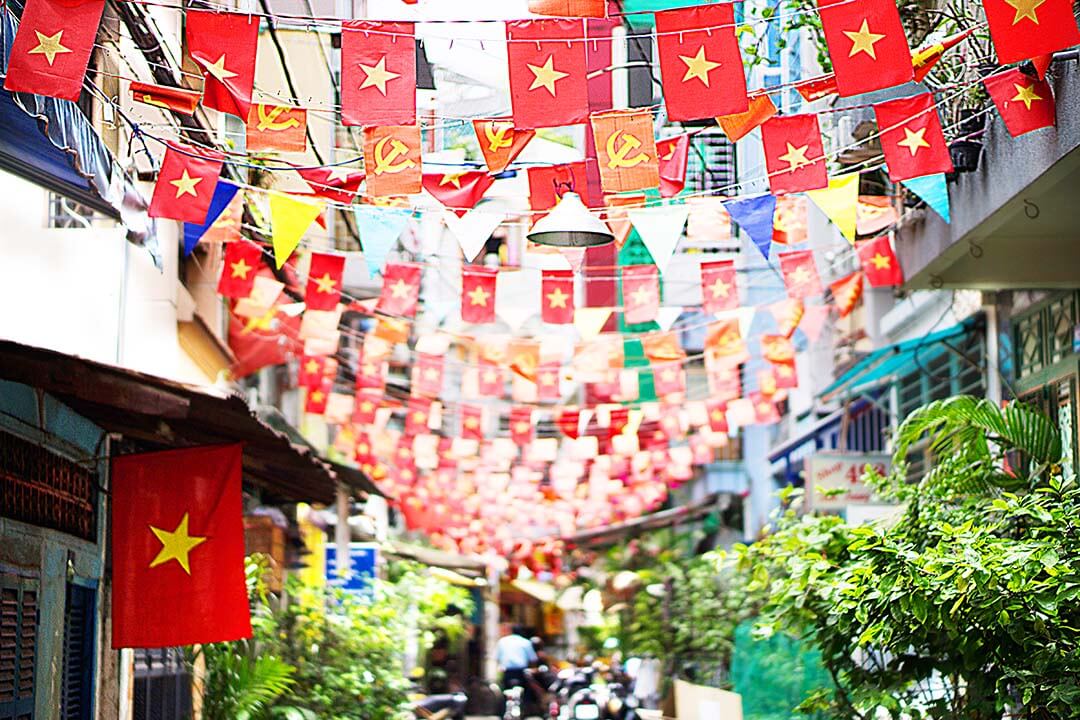
Every holiday offers an opportunity to engage with local traditions and festivities. From major historical commemorations to joyous family gatherings, understanding these holidays can enhance your travel experience and ensure you make the most of your time in Vietnam.
Somethings you need to know about several Vietnamese holidays
Vietnam public holidays are deeply embedded with cultural and historical significance. They offer a window into the traditions, beliefs, and social practices of the country.
Notes on the Tet holidays
Tet Nguyen Dan, or Tết, is the Vietnamese Lunar New Year and is considered the most significant holiday in Vietnam. It marks the end of winter and the beginning of spring, symbolizing a fresh start and the hope for prosperity and good fortune in the coming year. Tet is a time for family reunions, honoring ancestors, and engaging in a variety of cultural and traditional practices that reflect the deep-rooted values of Vietnamese society.
Before Tet, families prepare by cleaning and decorating their homes with symbols like peach blossoms and kumquat trees and preparing traditional foods such as banh chung and banh tet. They also plan travel to return to their hometowns, so booking accommodations and transportation early is essential.
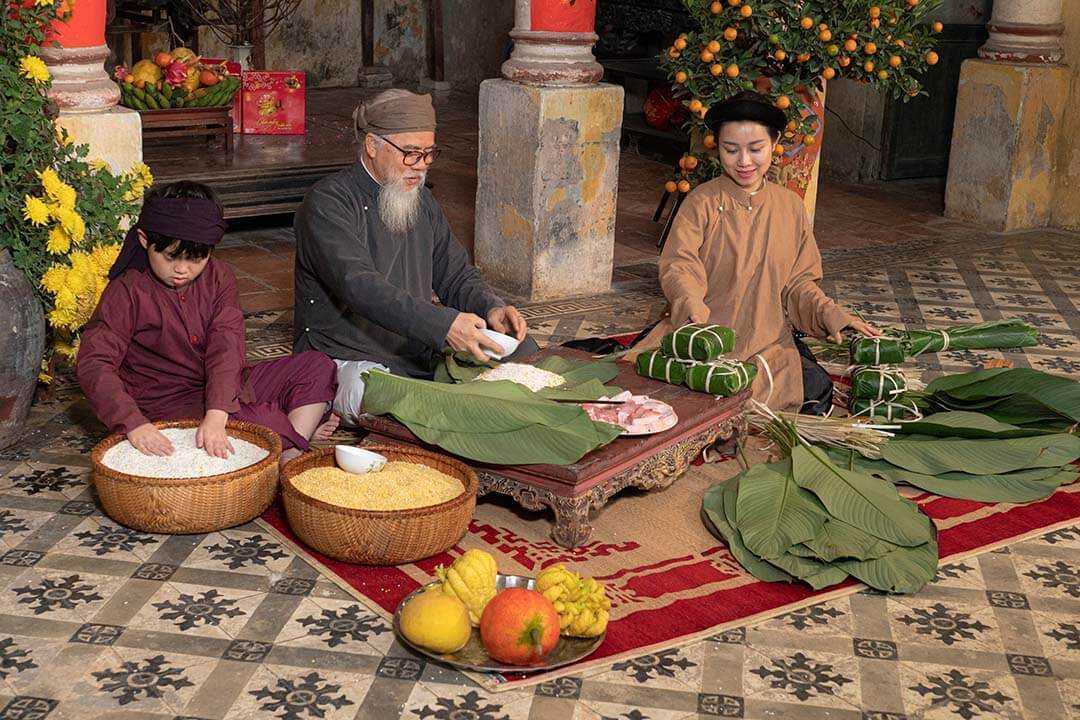
During Tet, the holiday is marked by family reunions, traditional meals, and ceremonies to honor ancestors. Public festivities, including parades and lion dances, fill major cities with vibrant celebrations. After Tet, the atmosphere becomes quieter as businesses reopen and the initial hustle subsides, making it a good time to explore Vietnam with fewer crowds and a more relaxed pace.
Travel tips
Tet is one of the busiest travel seasons in Vietnam, marked by a significant movement of people returning to their hometowns to celebrate with their families. Consequently, you should expect heavy traffic and crowded transportation options, making it essential to plan your travel carefully. Additionally, many businesses, including restaurants and shops, may close during this period, so it is crucial to finalize your itinerary and book accommodations well in advance.

To fully experience Tet, immerse yourself in the local culture by participating in the celebrations. Major cities like Hanoi and Ho Chi Minh City host popular events and parades that showcase the vibrancy and cultural richness of the holiday. Engaging with the community during Tet can provide a deeper understanding of Vietnamese traditions, as you witness firsthand the customs and rituals that make this holiday so special. From the bustling markets filled with holiday preparations to the joyful gatherings of families, Tet offers a unique and enriching experience that highlights the essence of Vietnamese culture. This immersion makes Tet a must-experience holiday during your visit to Vietnam, providing an authentic glimpse into the country’s rich heritage.
Notes on the Christmas holiday
Though Christmas is not one of traditional Vietnam public holidays, its popularity has surged, particularly in urban centers. Major cities like Hanoi and Ho Chi Minh City embrace the festive spirit with vibrant decorations and celebrations.
Before Christmas, prepare by decorating with lights and trees, shopping for gifts, and booking accommodations as places get busy. Enjoy church services, festive meals, and vibrant city events, particularly in urban areas with Christmas markets and decorations.
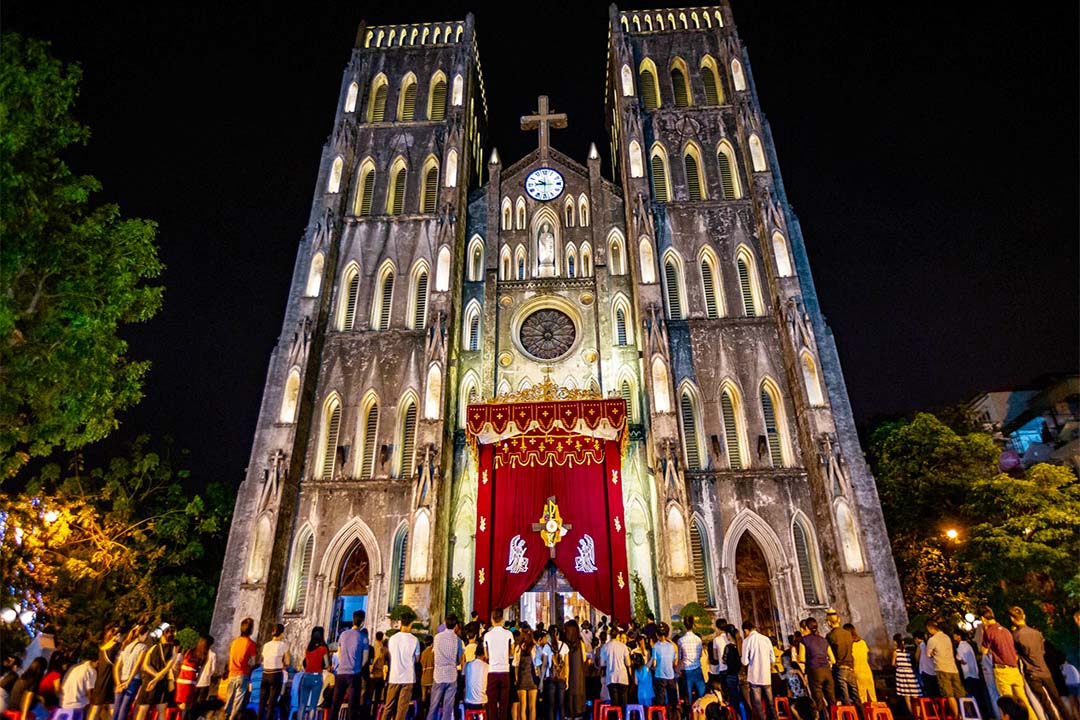
Travel tips
To experience Christmas in Vietnam,you must stop by Notre-Dame Cathedral in Ho Chi Minh City or St Joseph’s Cathedral to explore the festive decorations and attend a Christmas Eve service at a prominent church. Enjoy the blend of local and Western holiday traditions by visiting Christmas markets to shop for gifts and savor holiday treats. When visiting churches, dress modestly-opt for clothing that covers your shoulders and knees, such as long pants or skirts and tops with sleeves. This holiday provides a unique perspective on Vietnamese culture, showcasing how global festivities are integrated into local life while showing respect for the religious setting.
Notes on Mid-Autumn Festival
The Mid-Autumn Festival, or Tet Trung Thu, is a significant and joyous holiday celebrated on the 15th day of the 8th lunar month (on September, 17). It marks the end of the harvest season and is a time for families to gather and celebrate the full moon.
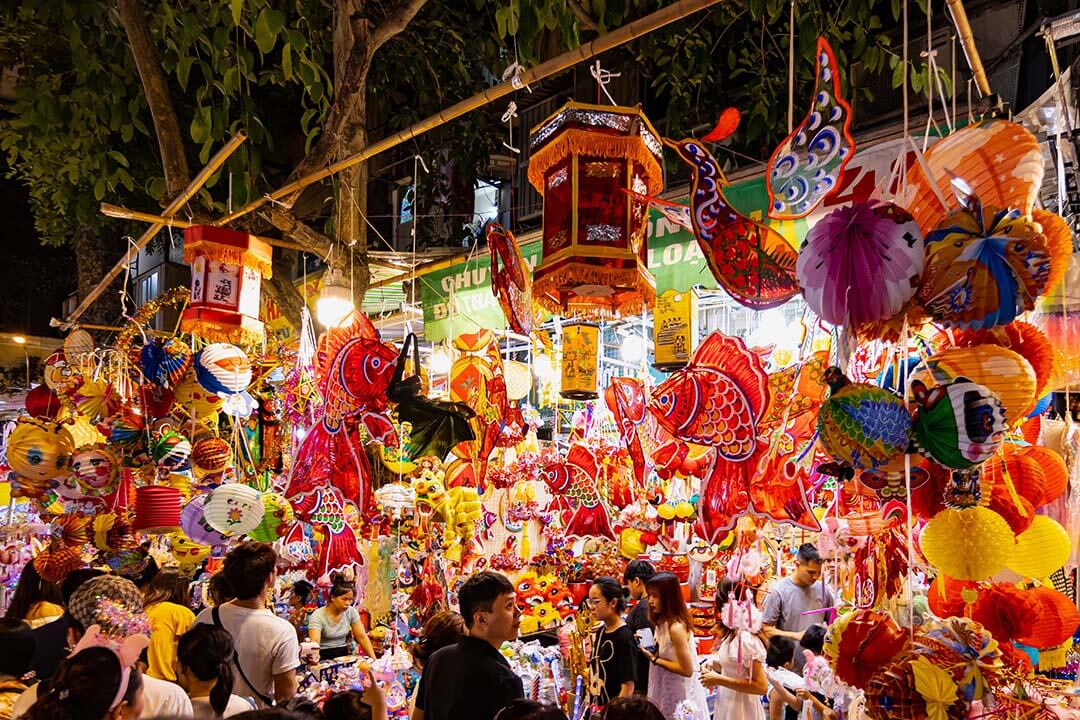
Mid-Autumn Festival, preparations include purchasing or making mooncakes and lanterns, setting up festive decorations, and planning travel and accommodations, as the festival attracts many visitors. Children will have their parents buy them colorful lanterns and will join other kids in the streets to parade. Enjoy vibrant lantern parades, mooncake tastings, and traditional performances like lion and dragon dances. Cities come alive with festive decorations and community gatherings.
Travel tips
To fully appreciate the Mid-Autumn Festival, visit popular locations such as Hoi An, Hanoi’s Old Quarter, or Chinatown in Ho Chi Minh City, where lantern parades and public celebrations are held. Try out different types of mooncakes and join in the local festivities for a great time! The festival is particularly enchanting for families and children, providing a festive and culturally rich experience among Vietnam public holidays.
About Buddha’s Birthday celebration
Buddha's Birthday, or Vesak, is a significant celebration in Buddhism. It commemorates the birth, enlightenment, and death of Gautama Buddha and is observed on the 15th day of the 4th lunar month.
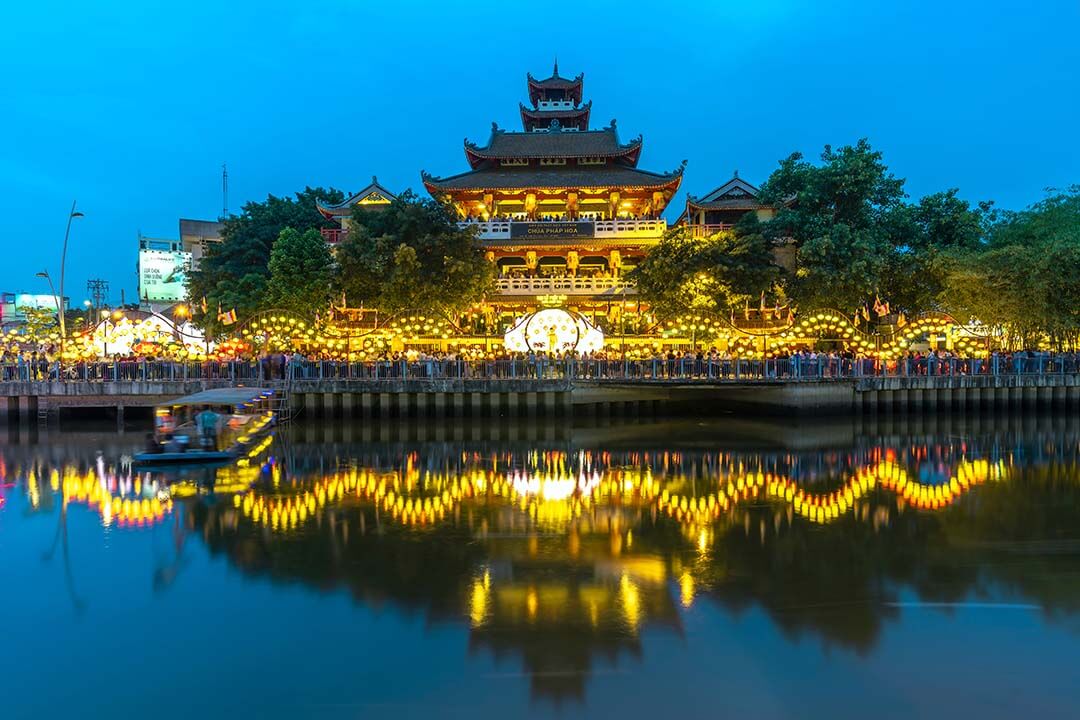
Before Buddha’s Birthday, preparations include decorating temples and organizing community events, with devotees buying offerings like incense and flowers. During the holiday, people will follow a vegetarian diet and engage in charitable activities, such as releasing fish and birds. Temples will also hold ceremonies where lanterns are floated as part of the celebrations.
Travel tips
To experience Buddha’s Birthday in Vietnam, visit major Buddhist temples such as the One Pillar Pagoda in Hanoi, Phap Hoa Pagoda in Ho Chi Minh City, or the Thien Mu Pagoda in Hue. Observe local customs by dressing modestly and respectfully. Opt for clothing that covers your shoulders and knees, such as long pants or skirts and tops with sleeves. This holiday offers a profound insight into Buddhist practices and beliefs, making it a significant Vietnam public holiday to explore.
Things you might be interested in:
Understanding Vietnam public holidays can enrich your travel experience, allowing you to immerse yourself in the vibrant cultural tapestry of the country. Each holiday, from Tet to the Mid-Autumn Festival and Buddha’s Birthday, provides a unique opportunity to engage with Vietnamese traditions. Following the Vietnam Travel Tips will help you plan your visit for a more memorable and culturally engaging experience.


